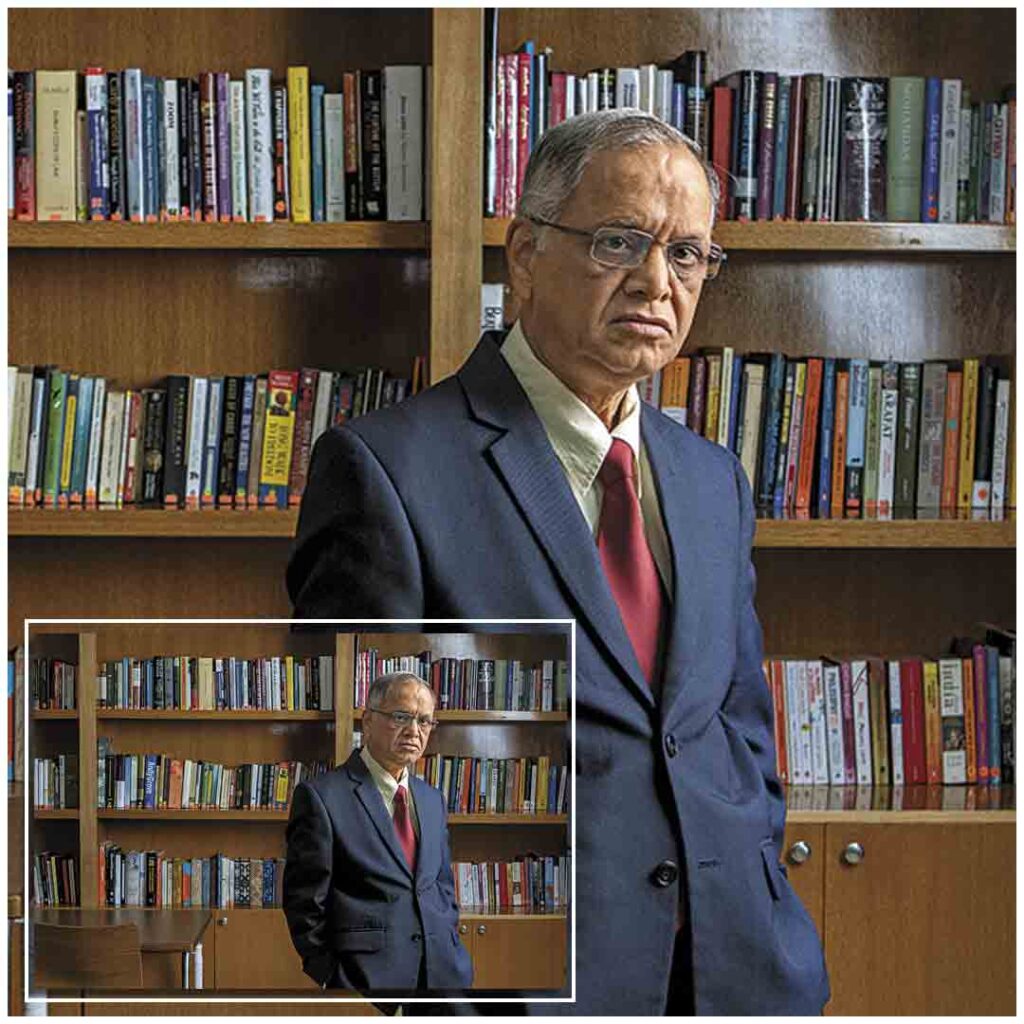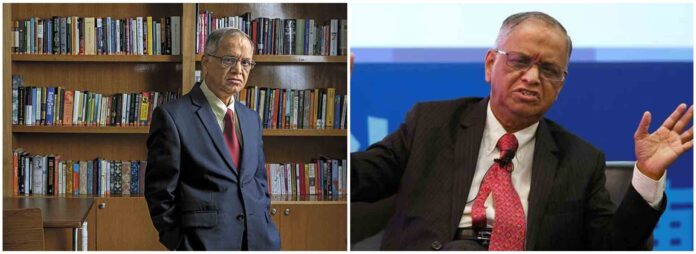Renowned Indian business tycoon, Narayana Murthy, has recently ignited a new debate with his proposition of implementing a three-shift work system as an alternative to the current 70-hour workweek. Murthy, the co-founder of Infosys, has long been an advocate for employee well-being and work-life balance. His latest suggestion aims to address the growing concerns of excessive working hours and its impact on both physical and mental health.
The 70-hour workweek has been a contentious issue, with discussions revolving around its detrimental effects on productivity, personal lives, and overall employee satisfaction. In response to this debate, Murthy has put forward the idea of dividing working hours into three shifts, spreading the workload evenly and providing employees with more flexibility.
According to Murthy’s proposed three-shift work model, organizations would operate round the clock, utilizing three distinct shifts: morning, afternoon, and night. This would require a reevaluation of work schedules and a redistribution of responsibilities across the workforce. Murthy argues that such a system would not only reduce the burden of long working hours but also enable organizations to maximize productivity by utilizing the daytime and nighttime hours efficiently.

One of the primary advantages of the three-shift work system is its potential to improve work-life balance for employees. With more flexible working hours, individuals will have the freedom to choose shifts that align with their personal preferences and commitments. This flexibility can have a positive impact on employee satisfaction, leading to increased productivity, reduced stress levels, and improved overall well-being.
Additionally, Murthy believes that adopting a three-shift work system can also address the issue of unemployment. With the inclusion of night shifts, companies would create job opportunities for those seeking alternative work hours or individuals who are unable to work during traditional daytime hours. This can have a significant impact on social and economic equality, allowing more people to enter and contribute to the workforce.
Despite the potential benefits, the implementation of a three-shift work system poses its own set of challenges. Adequate infrastructure, transportation facilities, and security measures must be ensured for employees working during the night shift. Organizations would also need to address the potential disruption caused by shift changes and ensure efficient communication and collaboration between different shifts.
Critics argue that transitioning to a three-shift work system may not be feasible for all industries, especially those that rely on consistent daylight operations. Furthermore, concerns about potential adverse effects on employees’ circadian rhythms and their ability to maintain a healthy work-life balance need to be carefully evaluated.
As the debate on the 70-hour workweek continues, Narayana Murthy’s suggestion of implementing a three-shift work model presents an intriguing alternative. While it may not be applicable to all industries, it has the potential to revolutionize work dynamics and prioritize employee well-being. Further research, experimentation, and collaboration between stakeholders are needed to determine the viability and effectiveness of this proposed work system.
In conclusion, Narayana Murthy’s proposal of the three-shift work system opens up new avenues for dialogue and consideration in the ongoing debate on work-life balance. With its potential to promote employee satisfaction, increase productivity, and address unemployment concerns, this alternative warrants further exploration and analysis in the ever-evolving world of work.






















